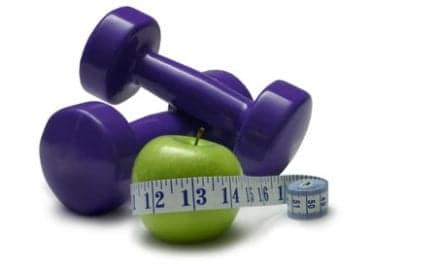Both dancing and endurance/flex training can have anti-aging effects on the brains of older people. However, only dancing was noted to help lead to behavior changes, specifically regarding improved balance, according to researchers.
The study appeared recently in the journal Frontiers in Human Neuroscience, and the suggestions were derived from observing fitness routines among older people.
“Exercise has the beneficial effect of slowing down or even counteracting age-related decline in mental and physical capacity,” says Dr Kathrin Rehfeld, lead author of the study, based at the German center for Neurodegenerative Diseases, Magdeburg, Germany, in a media release from Frontiers.
“In this study, we show that two different types of physical exercise (dancing and endurance training) both increase the area of the brain that declines with age. In comparison, it was only dancing that lead to noticeable behavioral changes in terms of improved balance.”
Rehfeld and her team assigned a group of elderly volunteers, with an average age of 68, to participate in either 18-month weekly sessions of learning dance routines or participating in endurance and flexibility training.
Participants in the fitness training program conducted mainly repetitive exercises such as cycling or Nordic walking. Participants in the dancing group learned a new routine each week.
After the 18-month period, all participants in both groups showed an increase in the hippocampus regions of their brains. The participants in the dance group, however, showed noticeable differences in their balance, per the release.
“We tried to provide our seniors in the dance group with constantly changing dance routines of different genres (Jazz, Square, Latin-American and Line Dance). Steps, arm-patterns, formations, speed and rhythms were changed every second week to keep them in a constant learning process. The most challenging aspect for them was to recall the routines under the pressure of time and without any cues from the instructor,” Rehfeld explains in the release.
These extra challenges may account for the balance differences among the dance group, Rehfeld adds.
“Right now, we are evaluating a new system called “Jymmin” (jamming and gymnastic). This is a sensor-based system which generates sounds (melodies, rhythm) based on physical activity. We know that dementia patients react strongly when listening to music. We want to combine the promising aspects of physical activity and active music making in a feasibility study with dementia patients.”
“I believe that everybody would like to live an independent and healthy life, for as long as possible. Physical activity is one of the lifestyle factors that can contribute to this, counteracting several risk factors and slowing down age-related decline. I think dancing is a powerful tool to set new challenges for body and mind, especially in older age,” Rehfeld concludes, in the release.
[Source(s): Frontiers, Science Daily]





